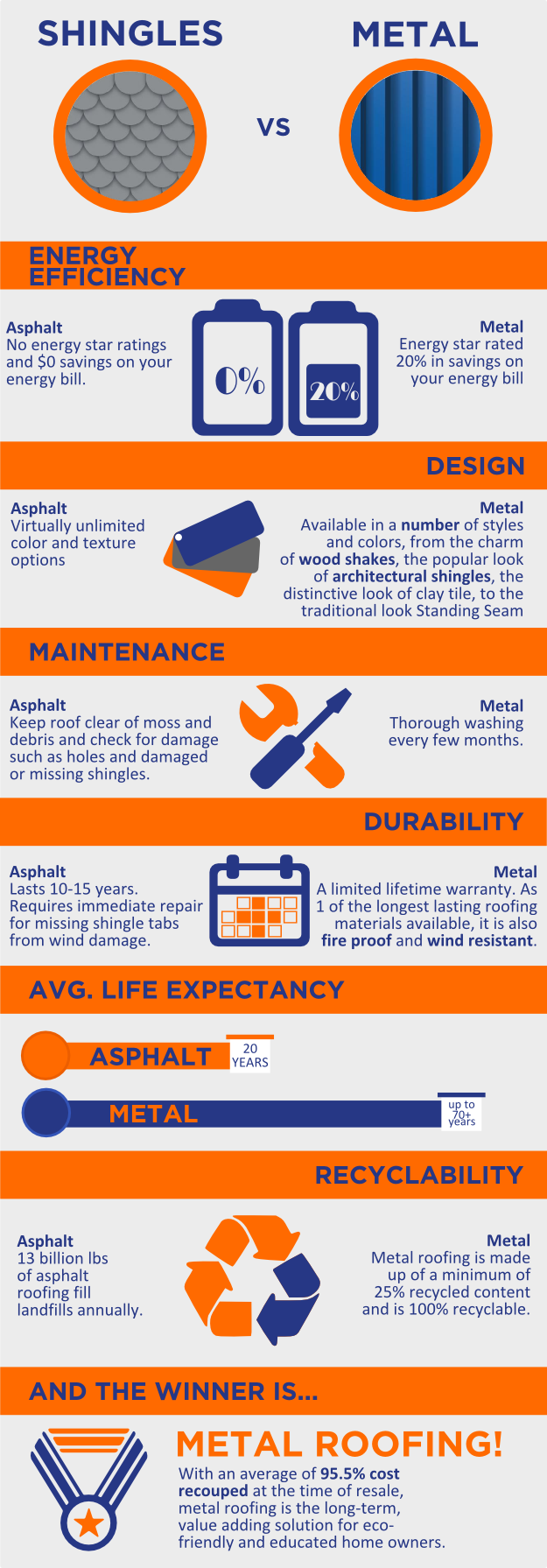Specialist Tips For A Thorough Roof Covering Assessment
Specialist Tips For A Thorough Roof Covering Assessment
Blog Article
Article Produced By-Rush Dean
To ensure your roofing system remains in top condition, expert suggestions for a thorough assessment can make all the difference. By understanding the art of taking a look at essential locations and finding usual red flags, you could potentially save yourself from expensive repair work down the line. So, are you ready to take the very first step in securing your home and boosting your roofing system's durability?
Roof Covering Evaluation Prep Work
Prepare for your roofing system evaluation by gathering needed devices and safety tools. Beginning by ensuring you have a tough ladder that gets to the roof securely. Furthermore, order a pair of resilient job gloves to secure your hands from any kind of sharp edges or particles. A trusted flashlight will additionally come in handy, specifically if you're inspecting the roofing system in dark lighting conditions.
Next, collect a caulking gun and roof sealer to deal with any minor leaks or damages you may experience during the evaluation. A tape measure will certainly assist you properly assess the measurements of any issue areas. Don't fail to remember to bring a notepad and pen to write down notes or sketch out layouts if required.
Finally, prioritize safety by putting on non-slip shoes to avoid accidents while climbing on the roofing system. Think about using a safety belt or ropes for included security, particularly on steep roof coverings.
Trick Locations to Check Out
Check the roof covering's vital locations completely to ensure an extensive assessment of its condition. Start by checking out the shingles or roofing material. Seek any type of indicators of damages such as cracks, missing pieces, or curling edges.
Check the flashing around smokeshafts, vents, and skylights for any corrosion or voids that could result in leakages. Check the gutters for particles accumulation and ensure they're safely connected to the roof covering. Pay very close attention to the roofing valleys where water drainage is concentrated, as these areas are a lot more vulnerable to leaks.
Next off, take a look at the soffits and fascia for any type of indicators of rot or damages, as these components are vital for correct ventilation and defense versus wetness. Inspect the attic for any signs of water damage, such as spots or mold and mildew development, which might show a dripping roof.
Last but not least, inspect the seals around vent pipes and other roof covering infiltrations to guarantee they're intact and water tight. By thoroughly examining these key areas, you can identify any kind of possible concerns and resolve them promptly to maintain the stability of your roofing system.
Common Roof Covering Red Flags
Watch out for typical roof covering warnings that can indicate possible issues with your roof's problem. Missing out on or damaged roof shingles are a clear indicator that your roofing might be jeopardized. Search for crinkling, distorting, or blistering shingles too, as these can indicate weathering or inadequate installment.
Water stains on your ceiling or walls are a warning for a dripping roof covering that requires instant attention. Look for Read the Full Content of moss or algae growth, as these can indicate trapped wetness, which might bring about rot. If https://roof-repairs-emergency27383.slypage.com/31625783/essential-factors-to-think-about-when-engaging-a-professional-roofer discover granules from asphalt roof shingles in your rain gutters, it can imply your roof is nearing completion of its life-span.
Sagging areas on your roofing system suggest structural damages and ought to be attended to immediately. Finally, please click the next document coming through the roofing system boards in your attic room indicates a need for roof fixings. Keeping an eye out for these usual red flags can aid you capture roof concerns early and avoid pricey damage.
Conclusion
In conclusion, carrying out routine roofing system evaluations is important for recognizing and dealing with issues prior to they escalate. By utilizing the right tools and security devices, concentrating on crucial areas, and watching for common red flags, you can make sure the longevity and integrity of your roofing system.
Remember, very early detection and prompt repairs can conserve you time and money over time. Remain aggressive and keep your roof in leading problem.
